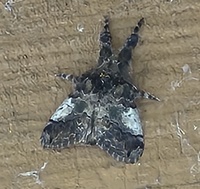
| Recorded by: Michael P. Morales on 2025-09-24
Cumberland Co.
Comment: | 
| Recorded by: David George, Jeff Niznik on 2025-05-24
Richmond Co.
Comment: |
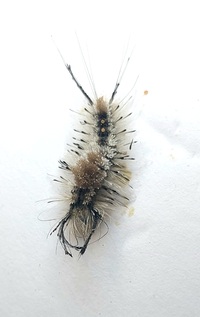
| Recorded by: Mark Basinger on 2025-04-19
Brunswick Co.
Comment: | 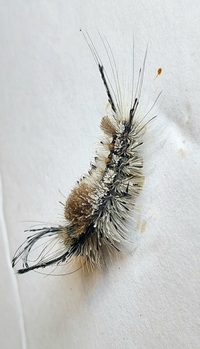
| Recorded by: Mark Basinger on 2025-04-19
Brunswick Co.
Comment: |
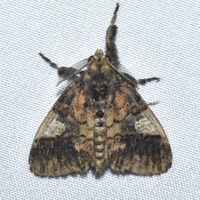
| Recorded by: Jeff Niznik on 2024-06-14
Scotland Co.
Comment: | 
| Recorded by: Stephen Hall, Meriel Goodwin, David George, Gary Perlmutter, Blanka Aguerro, Lisa Gatens on 2024-04-22
Chatham Co.
Comment: |
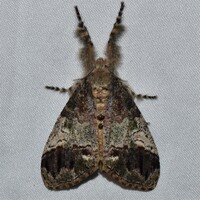
| Recorded by: David George, Jeff Niznik, Rich Teper, Erich Hofmann, Jesse Anderson on 2023-05-22
New Hanover Co.
Comment: | 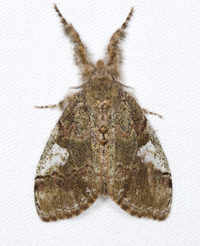
| Recorded by: Jim Petranka on 2021-09-12
Madison Co.
Comment: |

| Recorded by: Jim Petranka, Bo Sullivan and Steve Hall on 2021-06-07
Moore Co.
Comment: | 
| Recorded by: Lior Carlson on 2020-05-30
Orange Co.
Comment: |

| Recorded by: Darryl Willis on 2016-07-23
Cabarrus Co.
Comment: | 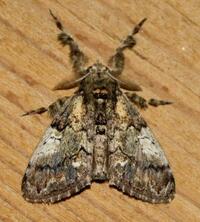
| Recorded by: Doug Blatny / Jackie Nelson on 2011-07-16
Ashe Co.
Comment: More likely to be basiflava in the Mountains [SPH] |
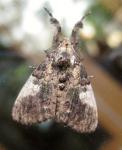
| Recorded by: T. DeSantis on 2010-08-04
Camden Co.
Comment: |

 »
»



 »
»

